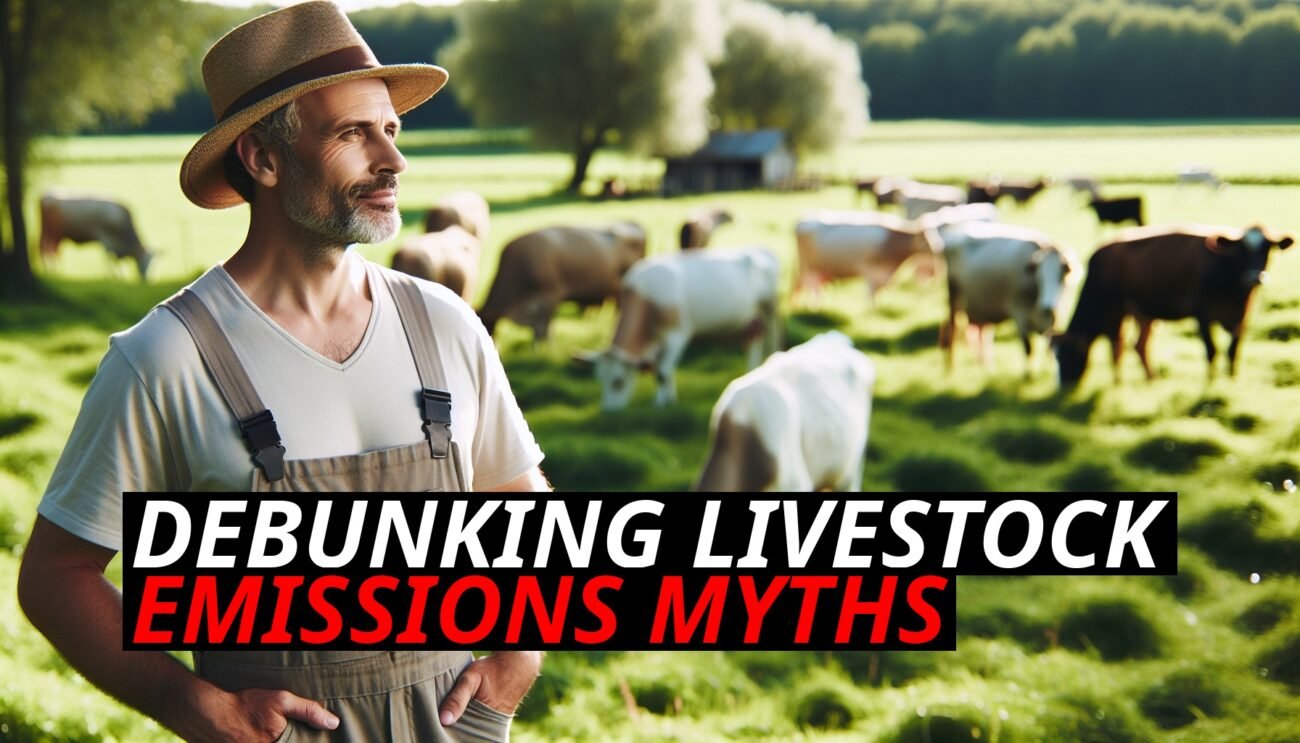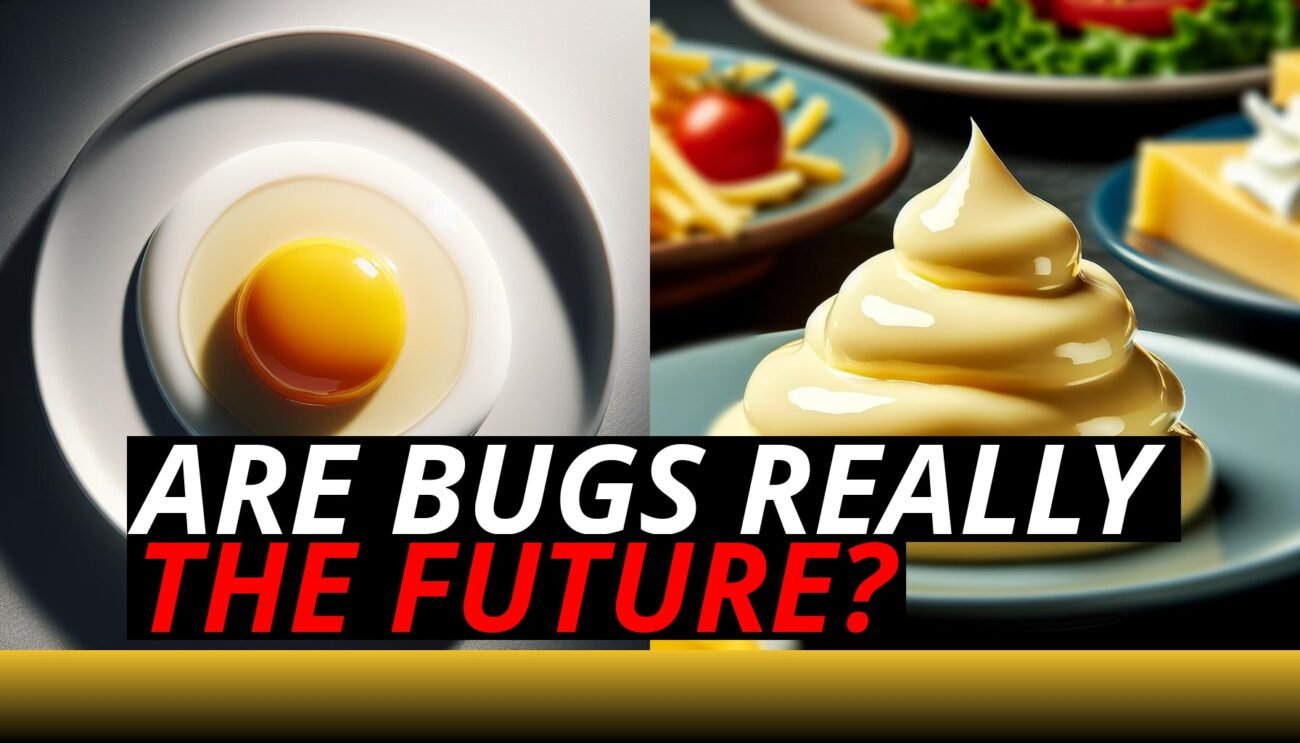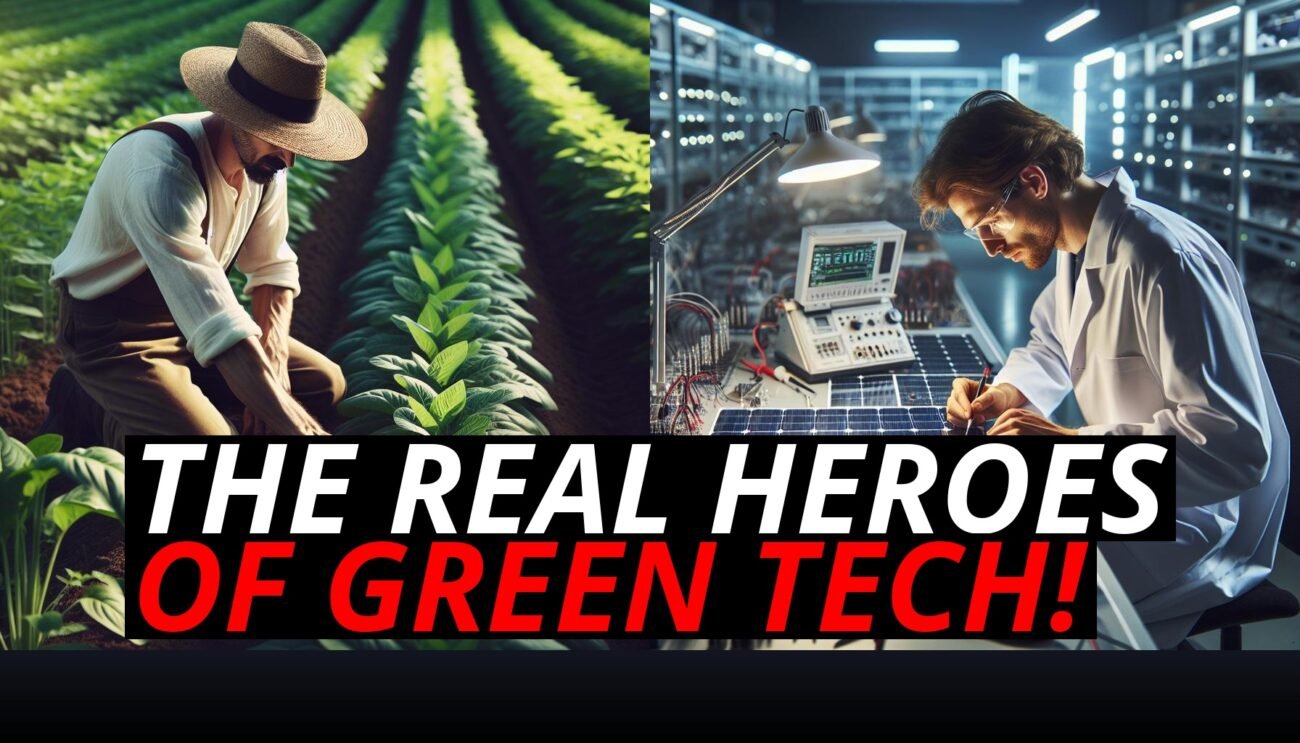Imagine walking through lush fields where cows graze freely, plants flourish in nutrient-rich soil, and the ecosystem is buzzing with life. Now, contrast that with endless rows of corn or soybeans stretching as far as the eye can see—fields drained of nutrients, stripped bare, and sprayed with chemicals. These two scenes represent the difference between regenerative agriculture and monocropping, two farming methods at the center of a heated debate about the future of food and the planet. While monocropping is the backbone of industrial farming, regenerative agriculture is gaining attention as a sustainable alternative that benefits both the environment and human health. Let’s break down why regenerative farming, often tied to carnivore diets, may be the real solution we need for sustainable food production.
What Is Monocropping?
Monocropping is the practice of growing a single crop, like soy, wheat, or corn, over vast areas of land year after year. It’s the method that feeds most of the world’s plant-based foods, from your tofu to your cornflakes. But here’s the problem: monocropping comes at a massive environmental cost.
- Soil Depletion: By growing the same crop repeatedly, monocropping strips the soil of essential nutrients. Without crop diversity, the soil doesn’t get a chance to recover, leading to a reliance on synthetic fertilizers to keep yields high.
- Pesticides and Herbicides: Monocrop fields are often vulnerable to pests and diseases, requiring heavy use of pesticides and herbicides. These chemicals not only harm the local ecosystem but also contaminate water supplies and contribute to pollution.
- Loss of Biodiversity: Monocropping eliminates natural habitats for wildlife. Fields dominated by a single crop lack the diversity needed to support healthy ecosystems, leading to a decline in species that rely on plants, insects, and small animals for survival.
While it may be an efficient way to produce massive quantities of plant-based food, monocropping is far from environmentally friendly. In fact, it’s a leading contributor to deforestation, soil degradation, and biodiversity loss—all while promoting an unsustainable reliance on chemical inputs.
Regenerative Agriculture: A Better Alternative
On the other hand, regenerative agriculture is a farming method that prioritizes the health of the land, the animals, and the surrounding ecosystem. Instead of depleting the soil, regenerative farming works with nature to restore soil fertility, improve biodiversity, and promote carbon sequestration—all while producing healthy, nutrient-dense food.
- Soil Restoration: Regenerative agriculture uses techniques like crop rotation, cover crops, and livestock grazing to naturally enrich the soil. Livestock, like cows and sheep, are often rotated across different areas, where their manure acts as a natural fertilizer, replenishing the soil with essential nutrients.
- Biodiversity Boost: By incorporating diverse plant species, encouraging wildlife, and rotating livestock, regenerative farming creates an environment where biodiversity thrives. Birds, insects, and other wildlife return to the land, promoting a balanced ecosystem.
- Carbon Sequestration: Healthy soil has the ability to capture and store carbon from the atmosphere. By restoring soil through regenerative practices, farmers can help fight climate change by sequestering carbon in the ground, reducing greenhouse gas levels in the air.
Regenerative agriculture is about more than just sustainable farming—it’s about regenerating the land itself, making it healthier and more productive over time. It’s a model that not only supports the environment but also produces more nutrient-dense food, especially animal products like meat, eggs, and dairy.
How Regenerative Agriculture Supports Carnivore Diets
The connection between regenerative agriculture and carnivore diets is clear: both prioritize the health of the land and the nutritional quality of the food. In regenerative farming systems, livestock plays a crucial role in maintaining soil health and biodiversity. Cows, for example, are grazed in a way that mimics natural grazing patterns, which helps to rebuild soil and promote plant growth.
For those following a carnivore or animal-heavy diet, this means that the meat, dairy, and eggs produced through regenerative farming are not only better for the environment but also nutritionally superior. Animals raised on regenerative farms are often grass-fed, free of antibiotics and hormones, and provide high-quality protein, healthy fats, and essential nutrients that are harder to obtain from plant-based foods.
In contrast, monocropping is often used to produce the grains and legumes that form the foundation of many plant-based diets. These foods may be produced in large quantities, but their environmental impact is significant. Plus, they lack the nutrient density found in animal products raised through regenerative methods.
The Health Benefits Of Regenerative Agriculture
The benefits of regenerative agriculture go beyond environmental impact—they also extend to human health. When animals are raised in healthy, natural environments, the food they produce is richer in nutrients like omega-3 fatty acids, vitamins, and minerals. Grass-fed beef, for example, has been shown to have higher levels of omega-3s and antioxidants compared to grain-fed beef.
Additionally, regenerative agriculture helps reduce the need for antibiotics and hormones, commonly used in industrial farming to keep animals healthy in poor living conditions. By raising livestock in natural, open environments, regenerative farmers reduce the risk of disease, meaning fewer antibiotic-resistant bacteria in the food supply.
On the flip side, monocropping relies heavily on processed, plant-based foods that often require fortification with vitamins and minerals to compensate for what they lack. Soy, corn, and wheat products dominate the plant-based market, but these crops are often nutrient-poor and contribute to digestive issues for many people.
Why Sustainable Animal Farming Is Better For The Planet
When comparing regenerative agriculture and monocropping, the choice is clear: sustainable animal farming not only provides a more environmentally friendly option but also delivers healthier, more nutrient-dense food. Here’s why regenerative agriculture is the real sustainable food solution:
- Environmental Impact: Regenerative farming helps restore soil, sequester carbon, and promote biodiversity, making it far more sustainable than monocropping, which depletes resources and contributes to environmental destruction.
- Nutrient Density: Animal products from regenerative farms are packed with essential nutrients, while monocropped plants often lack the bioavailable vitamins and minerals that are crucial for human health.
- Long-Term Sustainability: Regenerative agriculture focuses on long-term land health, ensuring that the soil becomes more productive over time. Monocropping, on the other hand, leads to soil degradation, which threatens future food security.
For those committed to sustainable eating, the answer isn’t found in monocropped soy or corn but in supporting farming methods that work with nature rather than against it. Regenerative agriculture is the way forward for a healthier planet and healthier people.
Conclusion: The Future Of Food Is Regenerative
As the conversation around sustainability grows, it’s becoming clear that monocropping is not the solution to feeding the world. While it may seem efficient in the short term, its long-term environmental costs are far too great. Regenerative agriculture, on the other hand, offers a path toward a more sustainable, nutrient-rich food system—one that benefits both the environment and human health.
For those looking to support sustainable farming and improve their own health, embracing regenerative animal products is a step in the right direction. Whether you’re following a carnivore diet or just seeking more nutritious food, it’s time to rethink what’s on your plate and choose farming practices that help the planet thrive.













